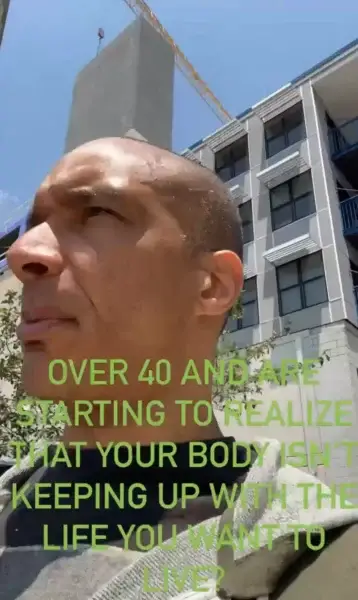
Imagine your body as a house. The foundation determines if the whole structure will be strong, resilient, and able to weather any storm. When the ground is solid, everything you build on top fitness, mental clarity, emotional well-being stands the test of time.
But what does it really mean to build a “foundation for a better life”? Let’s dig deep into what it takes, why most people miss it, and how you can apply this wisdom to create a sustainable, thriving future—no matter your starting point.
Laying the Groundwork: It’s Not Just Muscles
Most people approach fitness like they’d approach a new kitchen: add shiny appliances, throw on some paint, and hope for the best. But if the foundation is cracked—poor posture, inflexible fascia, weak stabilizers—the house will always be at risk.
At SolCore, we start with the roots:
- Structural Alignment: Are your joints stacked properly? Is your spine in a healthy curve?
- Breath Mechanics: Are you using your diaphragm? Do you know how breath drives posture and stability?
- Myofascial Balance: Are your muscles and connective tissues able to move, lengthen, and stabilize dynamically?
Real-World Client: “Lydia’s Foundation Shift”
Lydia, late 50s, wanted to “get fitter for a hiking trip.” She had tried group HIIT, jogging, and random stretching—always hitting a wall with pain and fatigue. On assessment, her posture revealed a forward head, collapsed arches, and shallow breathing. Instead of just adding squats or cardio, we rebuilt:
- Diaphragmatic breathing and rib mobility
- Myofascial stretching routines
- Simple posture drills and slow, controlled stabilization
Within 3 months, Lydia had better energy, reduced aches, and—surprise—a new love for movement. By the time her trip arrived, she hiked longer, happier, and with zero injury setbacks.
The Pillars You Need for a Lifelong Foundation
- Posture Is Functional, Not Cosmetic
Good posture isn’t about military rigidity; it’s about stacked joints and relaxed readiness. We fix alignment with:
- Cueing neutral spine in every exercise
- Balancing left-right movement
- Training in positions you use (standing, walking, climbing stairs)
- Breath Drives Movement
Breath is your secret weapon:
- Expands ribcage for better spinal movement
- Engages stabilizing muscles without conscious “bracing”
- Calms the nervous system (good-bye stress-induced tension)
- Mobility Before Strength
You cannot strengthen what does not move. Many adults, especially over 40, “lose range” yearly. Restoration through precise stretching, controlled joint rotation, and fascia release is required before strength gains are truly possible. - Strength That Transfers
Isolation lifts matter, but resilience comes from multi-joint, integrated moves:
- Deadlifts, lunges, reaches, loaded carries
- Movements incorporating balance, rotation, and control
- Daily Habits Hold the Gains
What you do daily matters more than what you do rarely. 2-5 minutes every morning and night, small movement snacks throughout the day—these build the neural and structural “footings” of your foundation.
Avoid These Common Mistakes
- “More is better”: Building without rest or skipping the mobility “boring stuff” is like piling bricks on unstable ground.
- “Only strength matters”: Neglecting mobility guarantees you’ll eventually stall or injure yourself—especially as you age.
- “Once I’m pain-free, the work is over”: Maintenance is forever. Your body needs regular tune-ups.
The Role of a True Holistic Exercise Program
At SolCore, building a foundation isn’t a slogan—it’s a science and an art:
- Comprehensive assessment: posture, movement, breath, habit analysis
- Programming that builds, not breaks down
- Stepwise progression: structural drills, then mobility, then gentle strength, then power as appropriate
- Integration of stretching, recovery, and education
Client story: “Daniel always skipped stretching. When he finally committed to fascia work and daily breath drills, he noticed both his deadlift and his shoulder aches improved. He called it his ‘five minute foundation fix’—and it kept him in the gym, injury-free, into his sixties.”
Your Foundation For Life
When you build from the ground up, everything changes:
- Fewer aches and setbacks even as you push for bigger goals
- Better balance and confidence in daily life
- Improved mental resilience: a solid physical foundation quiets the mind
- More adventure travel, sports, play without fear or fatigue
Ready to put first things first and finally experience the difference? Check out our Holistic exercise program the cornerstone to the better life you want.
It’s not just working out, it’s building a foundation for a better life.
Find out more @

Leave a Reply